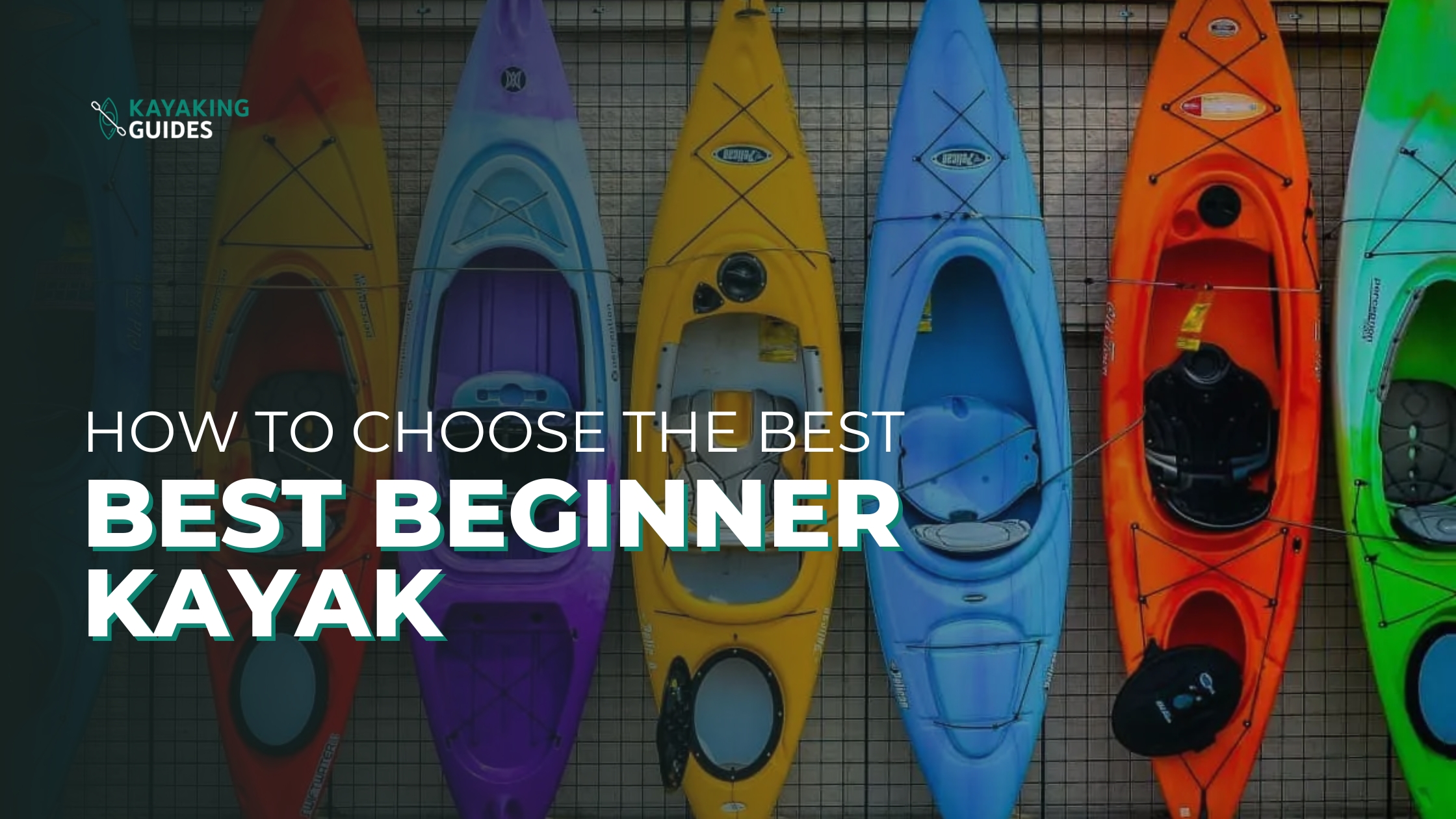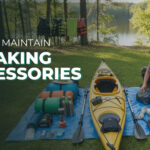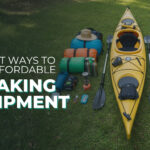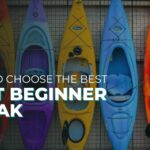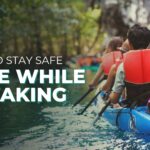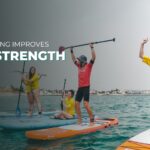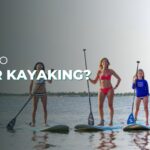Introduction
Kayaking is an exciting water sport that combines adventure, relaxation, and fitness. Whether you’re paddling on calm lakes or exploring slow-moving rivers, kayaking offers a unique way to connect with nature while getting a full-body workout.
For beginners, the most important decision is choosing the right kayak. With so many types, materials, and features available, the process can feel overwhelming. In this guide, we’ll walk you through the main types of kayaks and the 10 key factors to consider when selecting the best beginner kayak.
Types of Kayaks for Beginners
Before choosing your first kayak, it’s essential to understand the different types available. Each type is designed for specific waters and skill levels.
1. Recreational Kayaks
- Best for calm lakes, ponds, and slow-moving rivers.
- Wide, stable hull for balance and comfort.
- Large cockpit makes entry and exit easy.
Perfect choice for most beginners.
2. Touring Kayaks
- Longer and narrower design for speed and efficiency.
- Handles rougher waters and long-distance trips.
- Extra storage for multi-day adventures.
Better for intermediate paddlers—not ideal for total beginners.
3. Sit-on-Top Kayaks
- Open cockpit design—easy to get on and off.
- Self-bailing (drains water through built-in holes).
- Great for warm weather and calm waters.
Very beginner-friendly and popular for casual paddling.
10 Factors to Consider When Choosing a Beginner Kayak
Now that you know the main types, here are the most important things to keep in mind before buying your first kayak.
1. Stability
As a beginner, stability should be your top priority. Look for wide, flat-bottom kayaks (like recreational or sit-on-top models) that are less likely to tip over.
2. Size and Weight
A beginner kayak should be easy to transport and store. Shorter, lighter kayaks are easier to carry, while longer ones provide more storage and better tracking.
3. Cockpit Size
Larger cockpits make getting in and out easier—a big advantage for beginners. Sit-on-top kayaks are the easiest, while traditional sit-ins vary in size.
4. Material
- Plastic (polyethylene): Affordable and durable → best for beginners.
- Fiberglass: Lightweight and efficient, but more expensive.
- Inflatable: Portable and easy to store, but not as durable.
5. Price
- Recreational kayaks: $300–$800
- Sit-on-top kayaks: $400–$1,000
- Touring kayaks: $800–$2,000
Beginners should start with a stable, affordable recreational kayak.
6. Comfort
Look for adjustable seats, padded backrests, and footrests. Comfort matters, especially if you plan on paddling for several hours.
7. Maneuverability
Shorter kayaks are easier to turn and control—ideal for beginners learning paddling techniques.
8. Storage Space
If you plan on carrying gear, choose a kayak with storage compartments or deck space. Touring kayaks offer the most storage, but recreational kayaks are fine for day trips.
9. Skill Level
For your first kayak, stick with recreational or sit-on-top designs. Once you gain experience, you can upgrade to touring or specialized kayaks.
10. Try Before You Buy
Rent or demo different kayaks to test stability, comfort, and handling. Many outfitters let you try several models before making a purchase.
Conclusion
Choosing the best beginner kayak doesn’t have to be complicated. By focusing on stability, comfort, size, and budget, you can find a kayak that makes learning fun and safe. Recreational and sit-on-top kayaks are usually the best starting points, offering the perfect balance of stability and ease of use.
Remember: Try before you buy, and don’t rush the process. The right kayak will make your first paddling experiences enjoyable and confidence-building. With your new kayak, you’ll be ready to explore lakes, rivers, and coastlines from a whole new perspective. Happy paddling!
FAQs About Beginner Kayaks
1. What type of kayak is best for beginners?
Recreational and sit-on-top kayaks are the best for beginners due to their stability and ease of use.
2. How much should a beginner spend on a kayak?
Most beginners can find a reliable recreational kayak in the $300–$800 range.
3. Are inflatable kayaks good for beginners?
Yes, inflatable kayaks are lightweight and portable, though less durable than hard-shell options.
4. Should beginners choose sit-in or sit-on-top kayaks?
Sit-on-top kayaks are generally easier for beginners, while sit-ins offer more protection in colder conditions.
5. Can beginners kayak alone?
It’s best to start with a friend or group, especially while learning. If you kayak solo, always inform someone of your route and return time.
